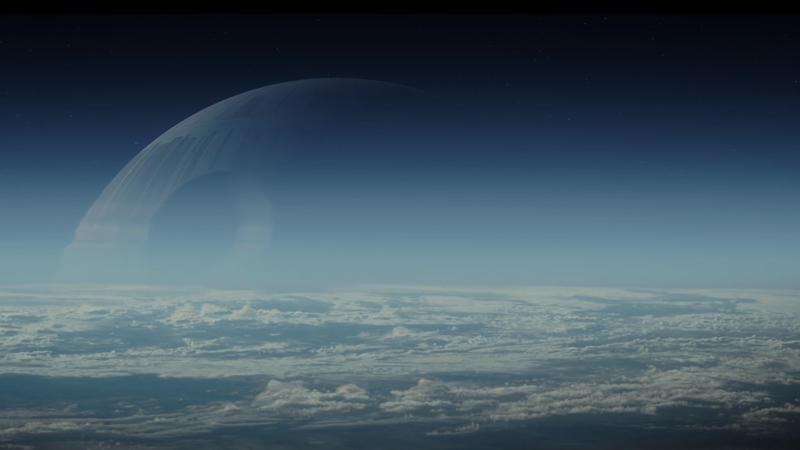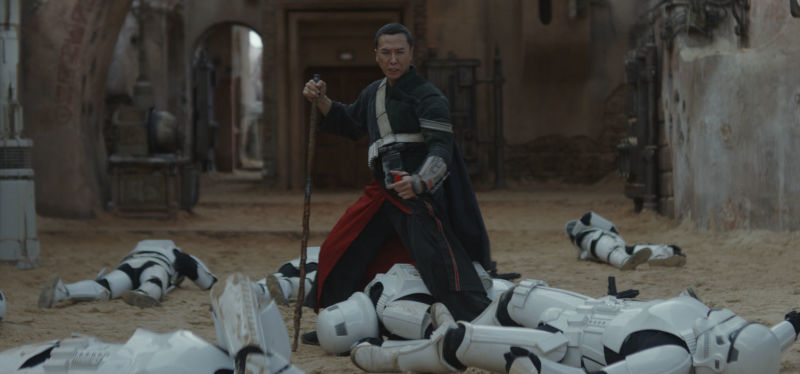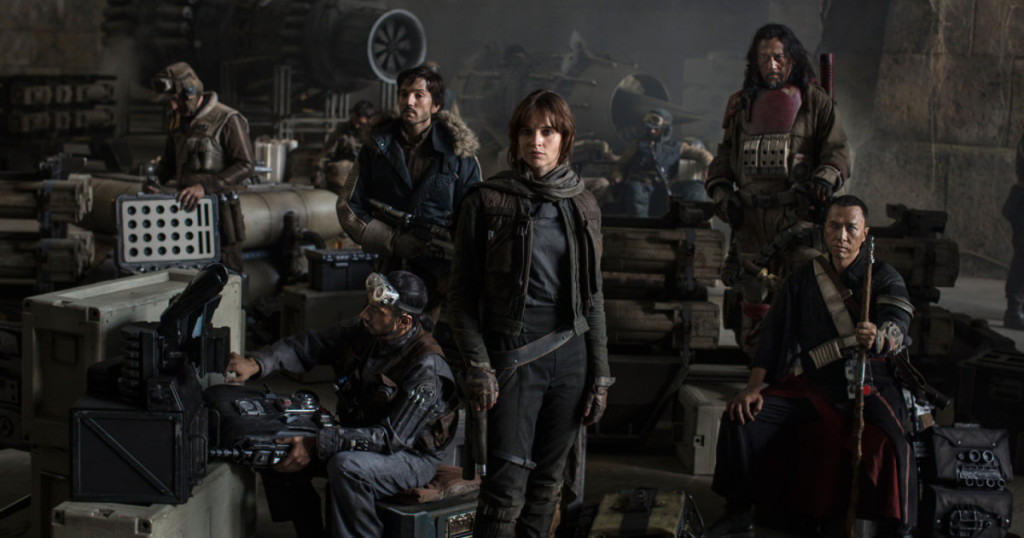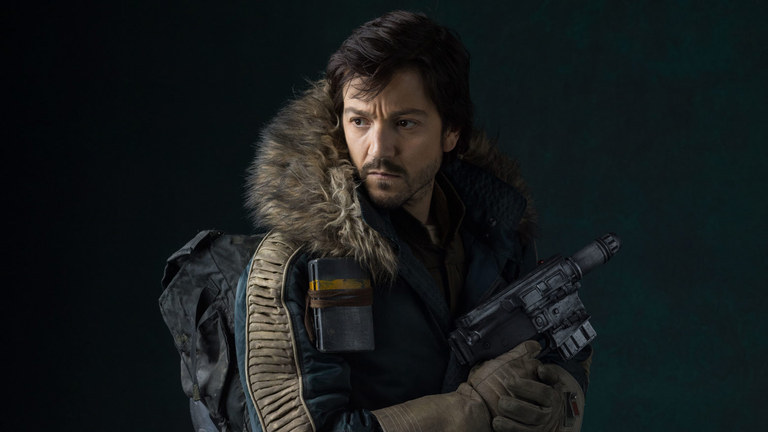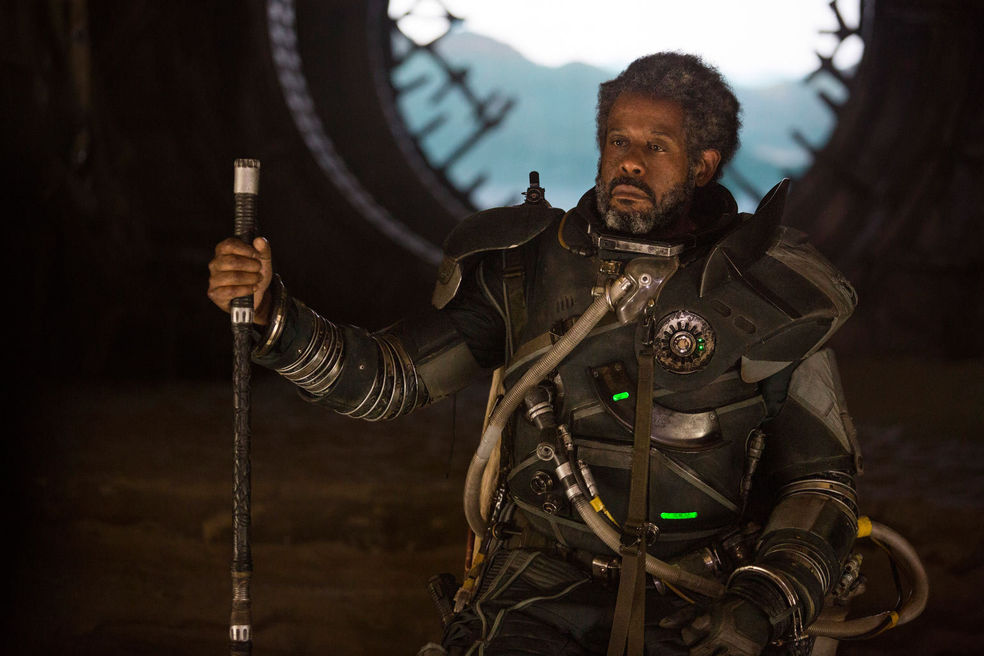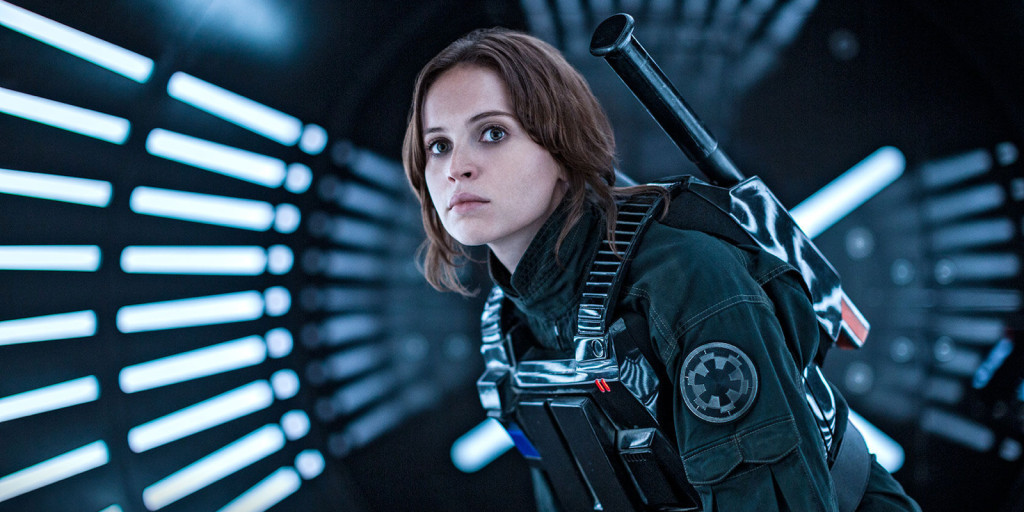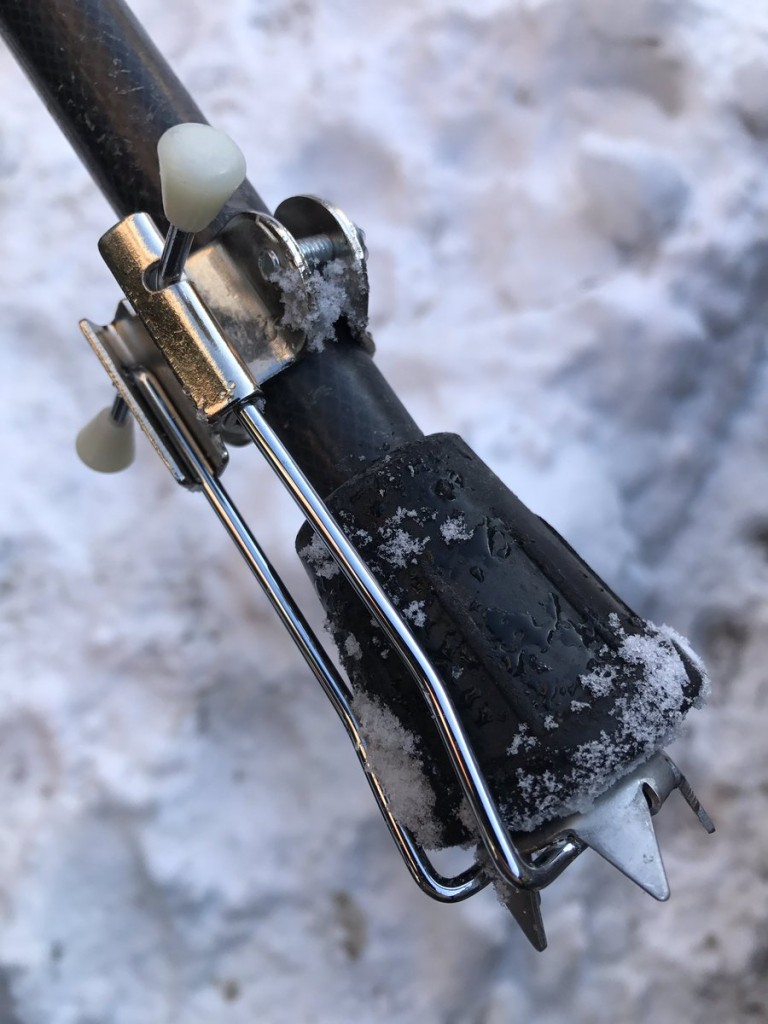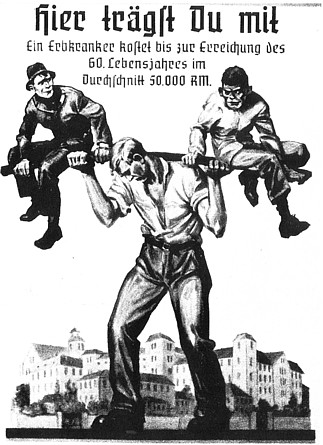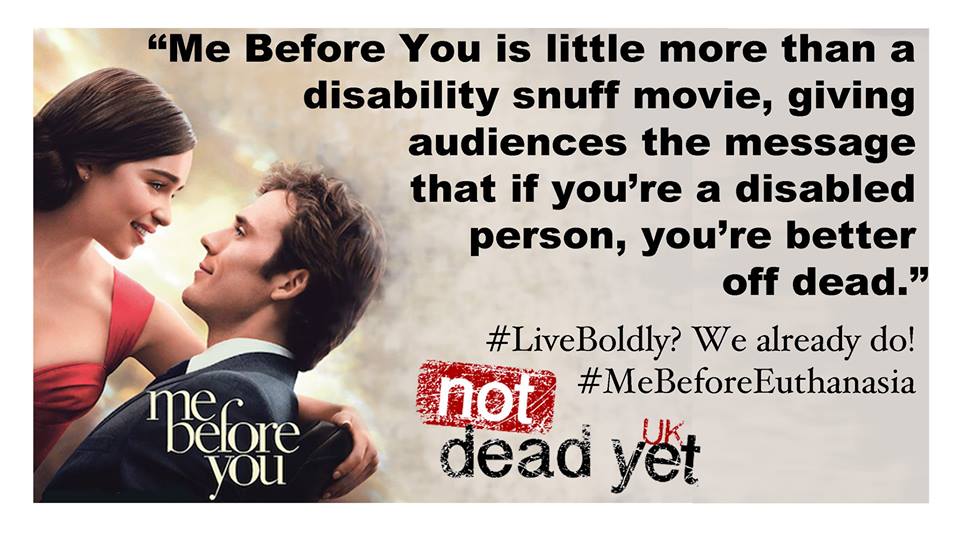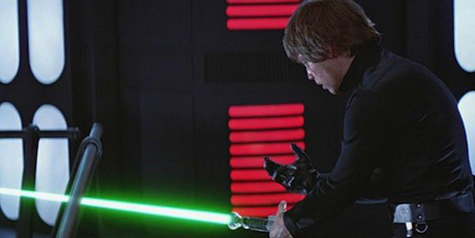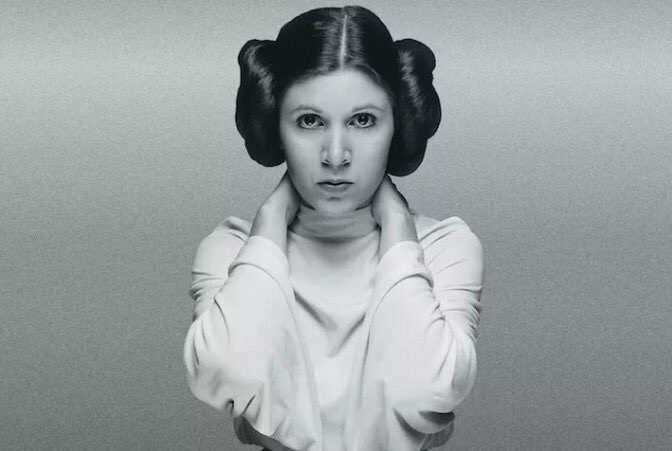There will be spoilers.
I liked Rogue One: A Star Wars Story.
K-2SO is marvelous, and utterly different from the marvelousness of BB-8.
Chirrut Îmwe is a violent delight. I’m also pretty sure that he’s the only sentient being who smiles in this movie.
I loved that Rogue One cranked diversity levels up to eleven, and that this included disabled characters. (If you’re unclear why that matters, go back and read Laurie Penny and Daniel José Older on race and gender in The Force Awakens.)
These heroes do turn out to be redshirts, though. What’s worse, characters with physical disabilities die as a direct result of said disability. They also die in order to help their able-bodied allies mourn, change, and grow. Such tropes and clichés run directly counter to the fascism-smashing story that Star Wars keeps trying hard to tell.
Our leading man Cassian meets up with an anonymous informant in his very first scene. Stormtroopers approach. The informant panics about his injured arm and how he can’t possibly climb to safety. Cassian responds by shooting him in the back. Then he spends a brief moment feeling bad before escaping.
The scene sets up Cassian’s entire arc: first he does bad things for the rebellion that make him feel bad, then he does good things for the rebellion and feels better. A sacrificial cripple dies in an alley so that our able-bodied lead can have very strong feelings about it and ultimately grow into a better person.
At the midpoint of Rogue One we meet the regal Saw Gerrera, a morally complex rebel whose prosthetic limbs and mechanical armor echo Vader both literally and thematically.
He’s more machine now than man, and a bit twisted if not quite evil. Gerrera tells Jyn that he’s not worth assassinating because there isn’t much left of him. Then he decides to stay behind and die rather than escape with his long-lost foster daughter, because this is the crucial moment in the Hero’s Journey when a black mentor must be killed for no reason.
No, that’s not quite true. We know the reasons. Gerrera dies because there’s not much left of him; the half-life of his prosthetic-heavy existence doesn’t qualify as life at all, apparently. He dies because he would have been a burden to the young rebels who run much faster on their own true legs. He dies so that Jyn can experience strong feelings about it afterwards.
Jyn Erso has a character arc. Sort of. It’s sketchy, but it is there. Like Han Solo she transforms from a selfish rogue to selfless rebel. The only change Saw Gerrera experiences is the one our doomed informant got: the transformation from disabled to dead.
I use a cane, by the way. In winter I employ a toothy, ice-catching bayonet. It clinks like a set of spurs when I go walking–a sound not unlike Saw Gerrera’s robot feet. I would prefer not to die in an alley, or inside an exploding mountain, just to provide emotional catharsis for a hero more athletic than myself.
Now let’s talk about Chirrut Îmwe, who steals every scene he comes anywhere near. Donnie Yen invented a new martial art for this character, who is also entrusted with the only known sense of humor in the galaxy.
Despite his excellence, Chirrut is denied development. He dies exactly as he lived: tranquil, devout, and badass. He dies because he has served his narrative purpose by flicking a switch. He dies because he’s blind and doesn’t see that final blast, even though the exemplar of the blind monk trope has sensed every other harmful thing right up until that moment. Ultimately Chirrut dies so that Baze can feel very strongly about it, take on the monk’s signature chant, and complete his barely-sketched-but-still-present arc from jaded to Forcefully devout. Baze also gets himself killed about three minutes later, but at least he goes out a changed man. The only change Chirrut experiences is the blast that transforms him from disabled to dead.
These are painful tropes with vicious histories. Rogue One twice presents disability as an undue burden placed upon fit and able-bodied heroes. The poster below is a classic piece of Nazi propaganda which depicts two disabled and institutionalized patients as literal burdens weighing down a strapping, athletic specimen of German vitality.
Human beings have not evolved since then, either. “Americans are no wiser than the Europeans who saw democracy yield to fascism, Nazism, or communism,” both Holocaust historian Timothy Snyder and Teen Vogue constantly remind us.
Jeff Sessions, current pick for our next Attorney General–an office responsible for enforcing the Americans with Disabilities Act–has long argued that the ADA creates an undue burden on public education. He thinks our schools are failing because disabled students continue to exist, and that the special treatment afforded these unfit students somehow saps our strapping and athletic youth of their American vitality.
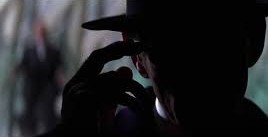
In Germany this line of thought led directly to the Reich’s T4 program. (Can we get a villainous First Order droid named T4 in some future installment of the Star Wars saga, or would that be too on the nose?) The T4 justified its murders as acts of mercy. Rogue One also gives us mercy killings. Better to shoot the poor informant in the back than to let him get captured. Better for Gerrera to stay behind and experience the sweet release of death by Death Star than to live on in a twisted, broken state.
Better dead than disabled.
If Star Wars really wants to throw down against fascism–which would be timely, and welcome–then it needs to ditch these vicious clichés.
To be fair, Rogue One is stuck wrestling with the contradictions of its inherited legacy. Darth Vader, like Shakespeare’s Richard III, is the apex of the Evil Cripple trope. His breathing suit is the outward show of his inward state. Luke spends his own darkest moment horrified by his robot hand. Their prosthetics represent a literal loss of humanity. Cyborgs are bad.
I take issue with this. I’m a cyborg myself. Titanium holds the base of my spine together. But I am no less human for being partly made out of metal, thank you kindly.
Chirrut Îmwe briefly demonstrates how to live with disability (albeit one with magical compensations). So does old man Luke (ditto). The Jedi master is no longer horrified by his own prosthetic. He doesn’t hide it inside a thick leather glove, or underneath a layer of artificial skin. This is excellent. As a mentor figure Luke probably won’t survive to see Episode IX, though.
Stop killing us for your little endorphin sparks of catharsis, Star Wars. No more noble sacrifices from magical space cripples. Give us characters who live with disability, and live well.
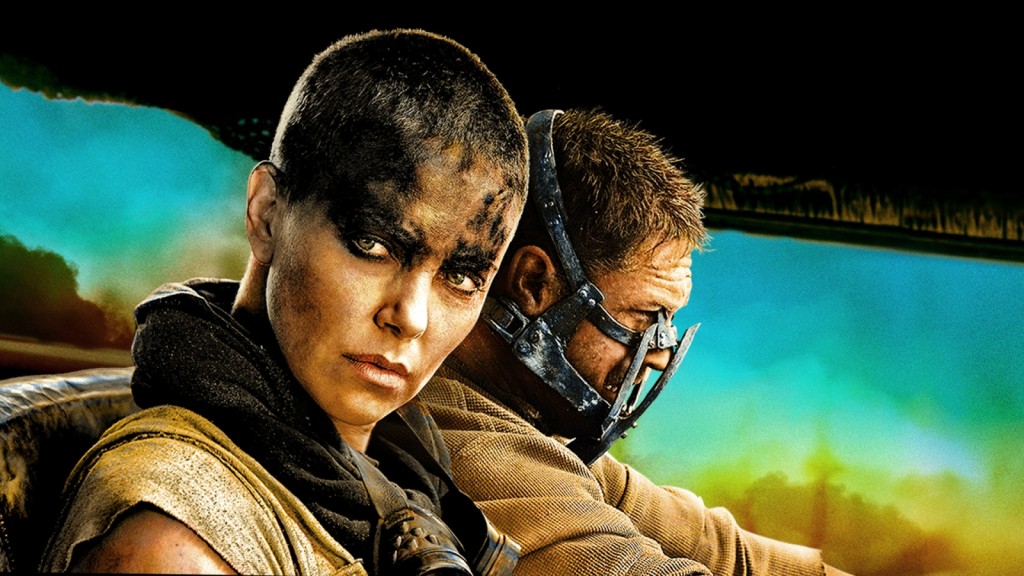
Rogue One just shows us how to die.
But we’ve all heard that story before.
EDITED TO ADD: Still worth it for that last uncanny big-screen glimpse of Carrie Fisher–my first crush and forever my general.
